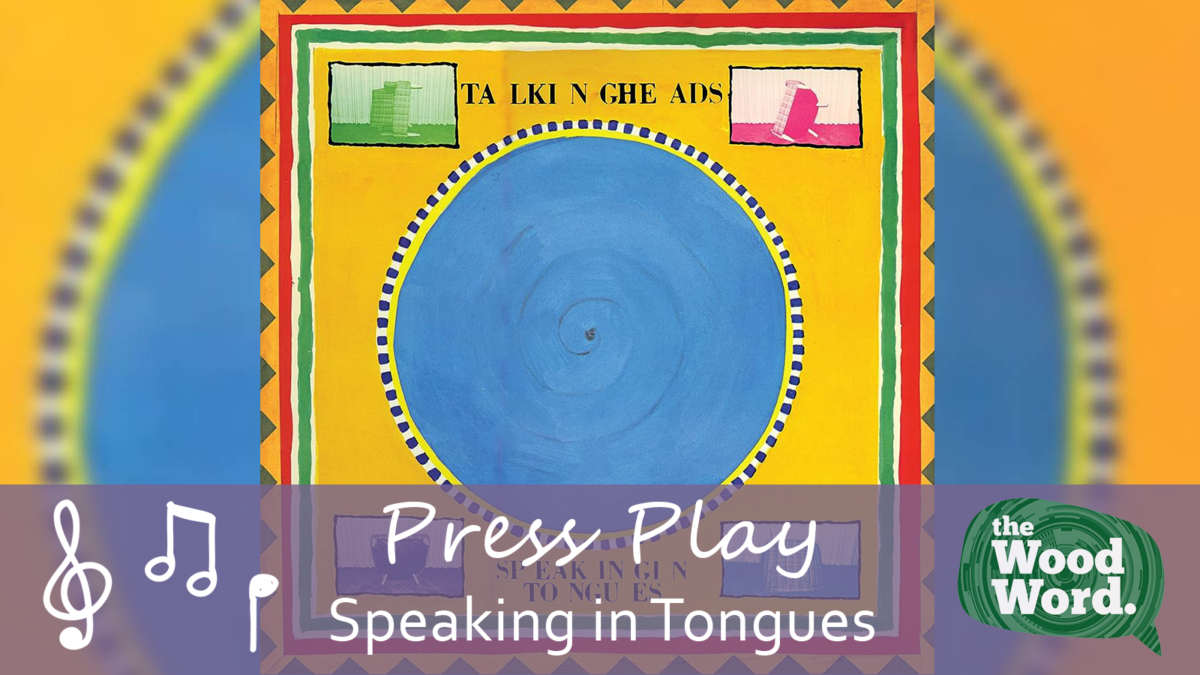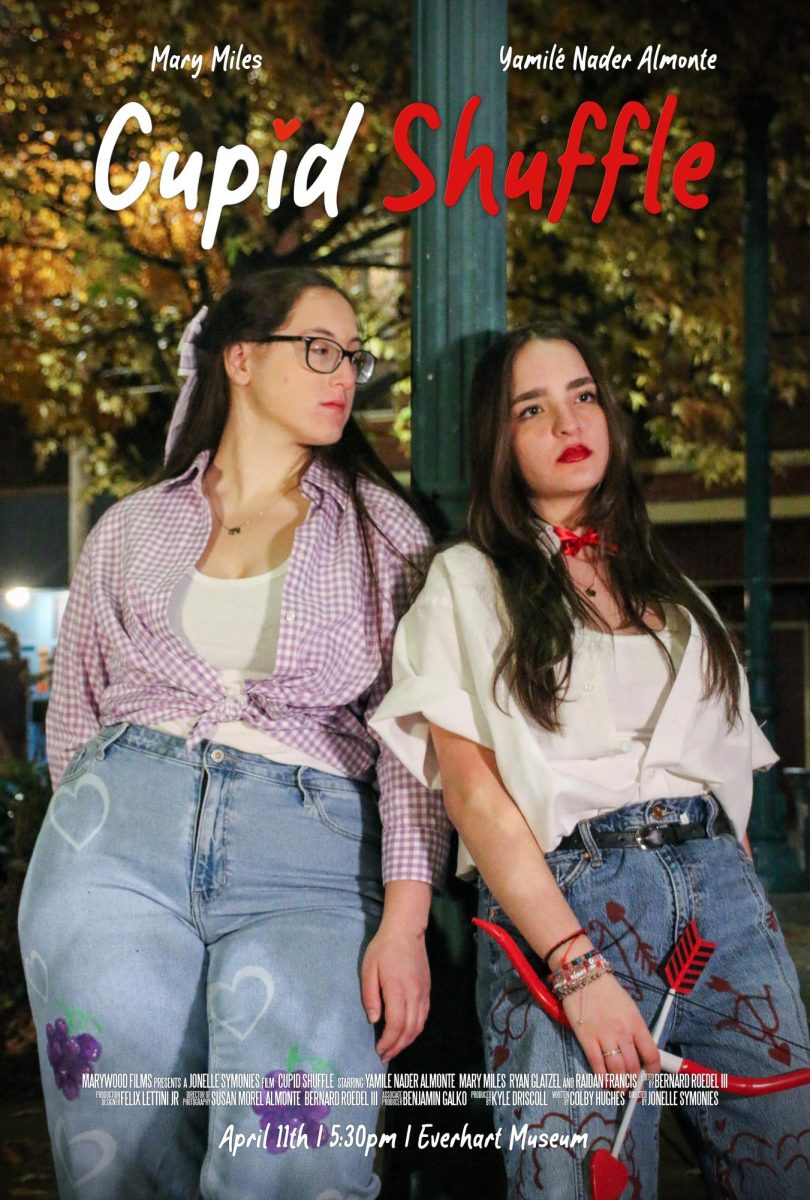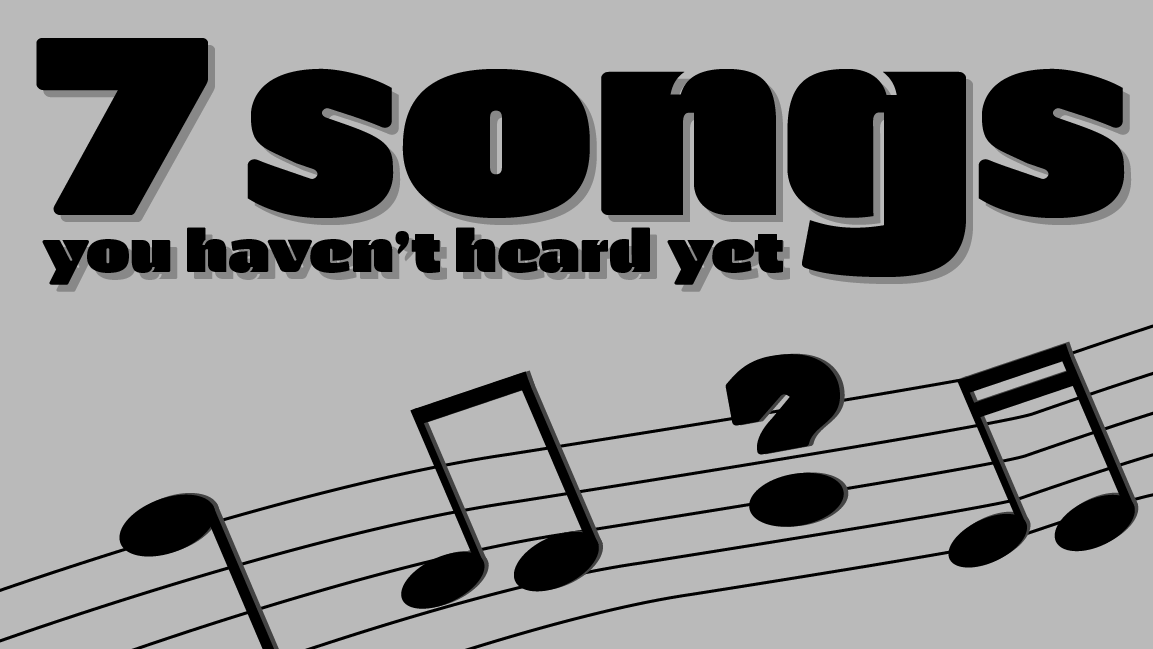Talking Heads, an American band that was most popular in the 80s, has proven to be influential ever since their debut in 1977. I have no problem calling them The Beatles of New Wave, as alternative music would probably not be the same without them. David Bowie on his album “Lodger,” Paul McCartney on “McCartney 2” and even the comedian duo Tim and Eric are just some of the people and albums who have been influenced by them. The four-piece band, headed by David Byrne and featuring Tina Weymouth, Chris Frantz and Jerry Harrison, brought Worldbeat and Afrobeat music influences into mainstream music with their 1980 album “Remain in Light”, and those influences have remained part of pop music ever since. “Remain” still sounds futuristic in places even 43 years later.
But it’s their follow-up to that album that proves the most enduring, as well as being my personal favorite. Released after a three-year hiatus in 1983, “Speaking in Tongues” features many of the same Afrobeat influences as “Remain” but with more polish and finesse, so they’re styled like danceable grooves rather than something more experimental. The session musicians for the album included some truly great legends in funk at the time, most notably Bernie Worrell from Parliament Funkadelic. Many of them also joined the band on their tour for the album, performances of which were captured for the concert film “Stop Making Sense.”
The album starts with its most famous song, “Burning Down the House,” a song whose lyrics were literally created by Byrne shouting random things during rehearsal. They kept what sounded good, regardless of what sense it made. The guitar and keyboard riffs both pop and the song is very groovy, making it an excellent opener to the album.
The other songs on the album are nowhere near as well known but are definitely just as strange, groovy and easily stuck in your head. Byrne tended to stick to subject matters that most would find boring, with buildings and architecture being the most infamous, but he would find something whimsical about it and make it interesting and listenable. “Moon Rocks,” despite being about exactly what you’d expect, is still lively, and the almost six-minute song doesn’t feel nearly as long.
The album concludes with another well-known song of theirs, and one of their only love songs, “This Must be the Place (Native Melody).” Despite being about such a broad subject matter, the lyrics and melody are that unique “Byrne fashion,” which gives it a very awkward, first-love sort of charm. The repeating, unchanging, simple instrumental in the background definitely reinforces this, making the song sound quite cute. The performance of this song in the concert movie, “Stop Making Sense,” culminates in Byrne dancing with a lamp, which further reinforces the awkward love this song portrays. It’s an honest and wonderful ending to a unique album.
If there is one complaint I would find about the album, especially to modern-day listeners, it would be that the songs are quite long. With the exception of “Burning Down the House,” every song reaches at least the five-minute mark, with a lot of them reaching close to six minutes, like “Girlfriend is Better.” Thankfully, most of the songs have funky grooves and charming lyrics with a captivating delivery by Byrne, so they don’t feel as long as they seem.
Still, this album is far greater than its very few faults. I’m not alone in saying this and the concert movie that emerged from its tour was the peak of creativity for the band, as afterward they would start to sound more conventional and fall out of favor with critics of the time. Rather than plunging someone head first into the polyrhythms and complex soundscapes of “Remain in Light,” I would definitely recommend “Speaking in Tongues” as a good first Talking Heads album. It captures everything great and creative about the band without the risk of alienating a new listener. Besides all of that, it’s just plain fun.
If you’re looking for an introduction to not just Talking Heads, but 80s New Wave music in general, this is definitely the place.
Contact the Writer: [email protected]












